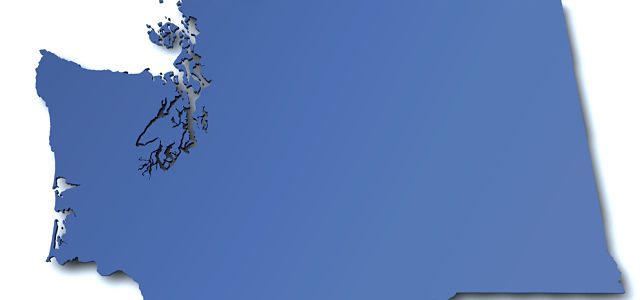Lambda Solutions, a provider of open source talent and learning management systems, today made its Lambda Analytika data reporting and analytics solution available for the Moodle LMS.
Moodle today launched version 3.0 of its open source learning platform, which introduces enhancements to the quiz, forum and assignment modules as well as functionality improvements for user, instructor and administration control.
A month after naming its first open educational resources advisor, the U.S. Department of Education has affirmed that over the next year it intends to show American K-12 schools how to make the transition to openly licensed education materials and expand the use and availability of OER around the world.

THE Journal's readers have chosen their favorite and most revered software and hardware — tools that help them, as teachers, administrators and tech leaders, fulfill the mission of education.

Karl Nelson is the director of the Digital Learning Department for the Washington State Office of Superintendent of Public Instruction. In this Q&A, he talks about how his state is using open educational resources to help support Common Core State Standards.
The 90,000-student district will adopt EL’s English language arts curriculum in grades four through eight in the 2015-2016 school year.
Curriculum resources developed for the state of New York have been downloaded nationally more than 20 million times. A new review evaluating the merits of the resources found them to be, on the whole, an "excellent" alternative to other options being pursued by states and districts.
The conference will feature Charlie Reisinger, IT director at Penn Manor School District, which, in 2013, launched Pennsylvania's largest high school 1-to-1 program using Linux and open source software.
Moodle has unveiled version 2.9 of the open source learning platform, featuring a navigation and user interface redesign focused on ease of use for students, educators and administrators.
The Partnership for Assessment of Readiness for College and Careers has selected TAO, an open assessment platform from Open Assessment Technologies, to deliver non-summative Common Core assessments.